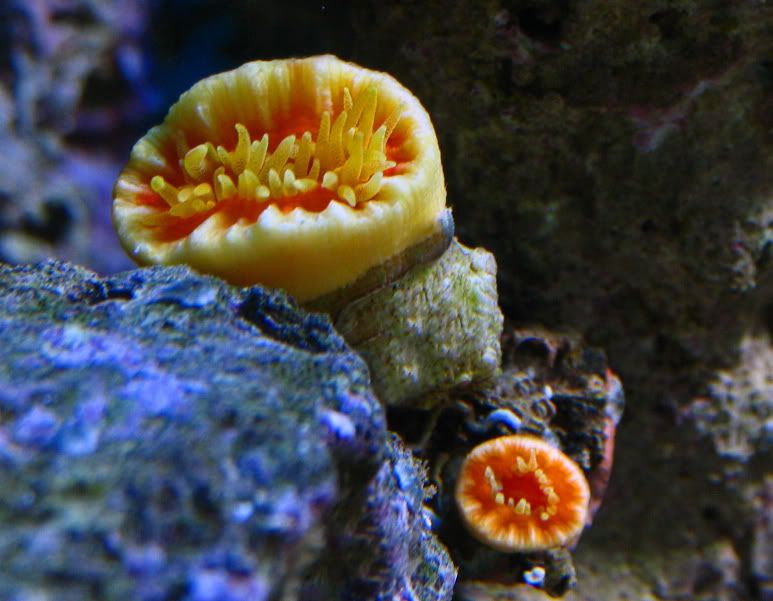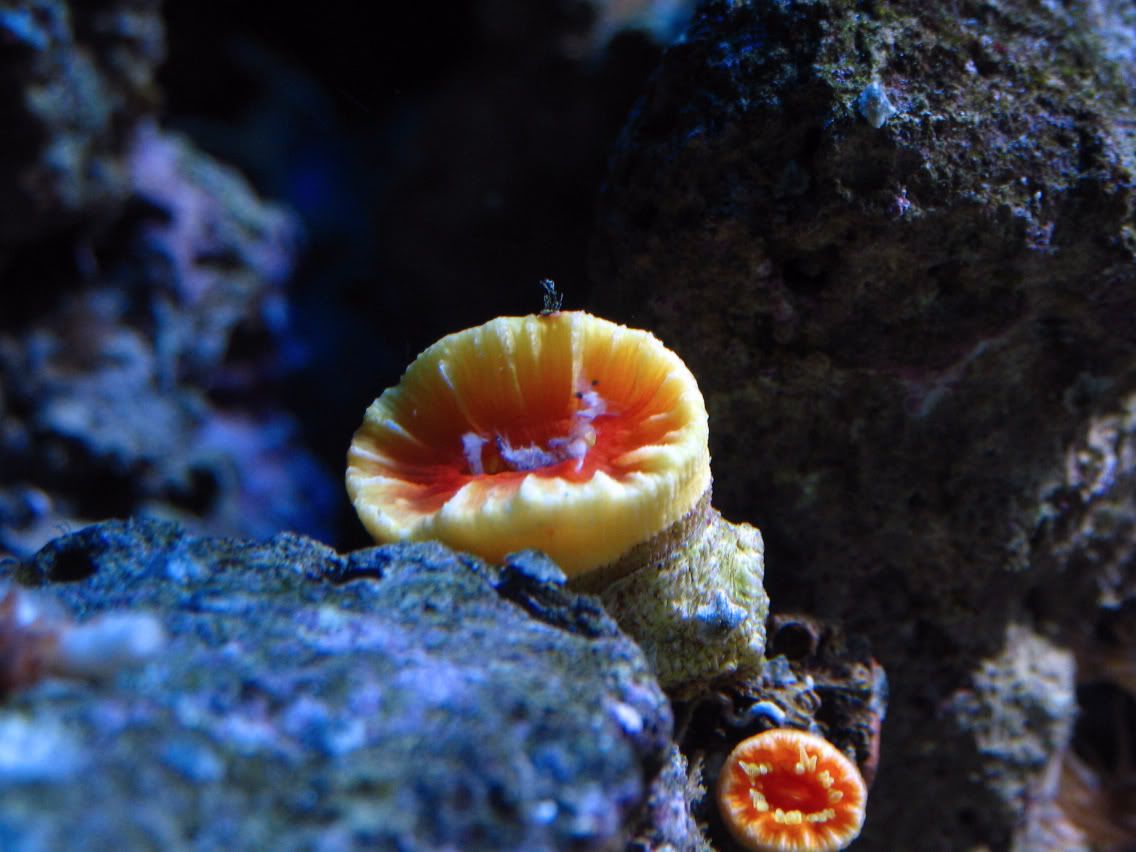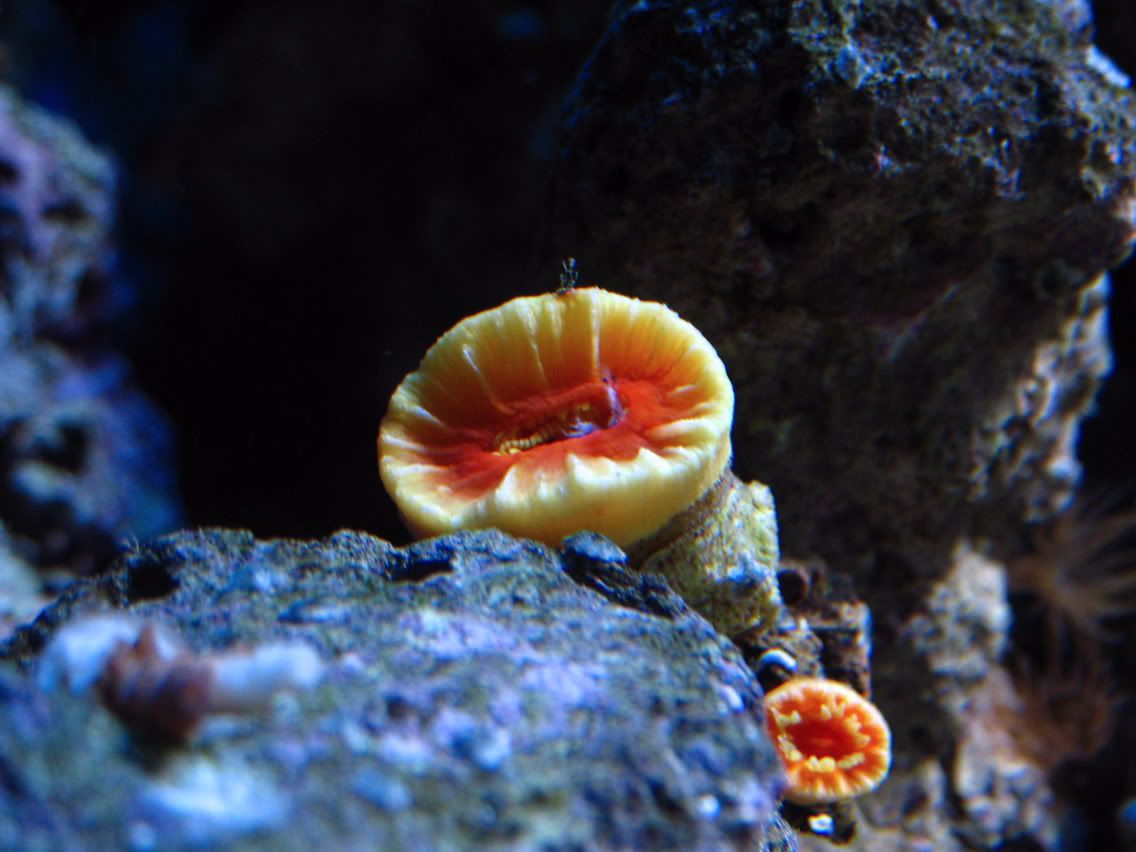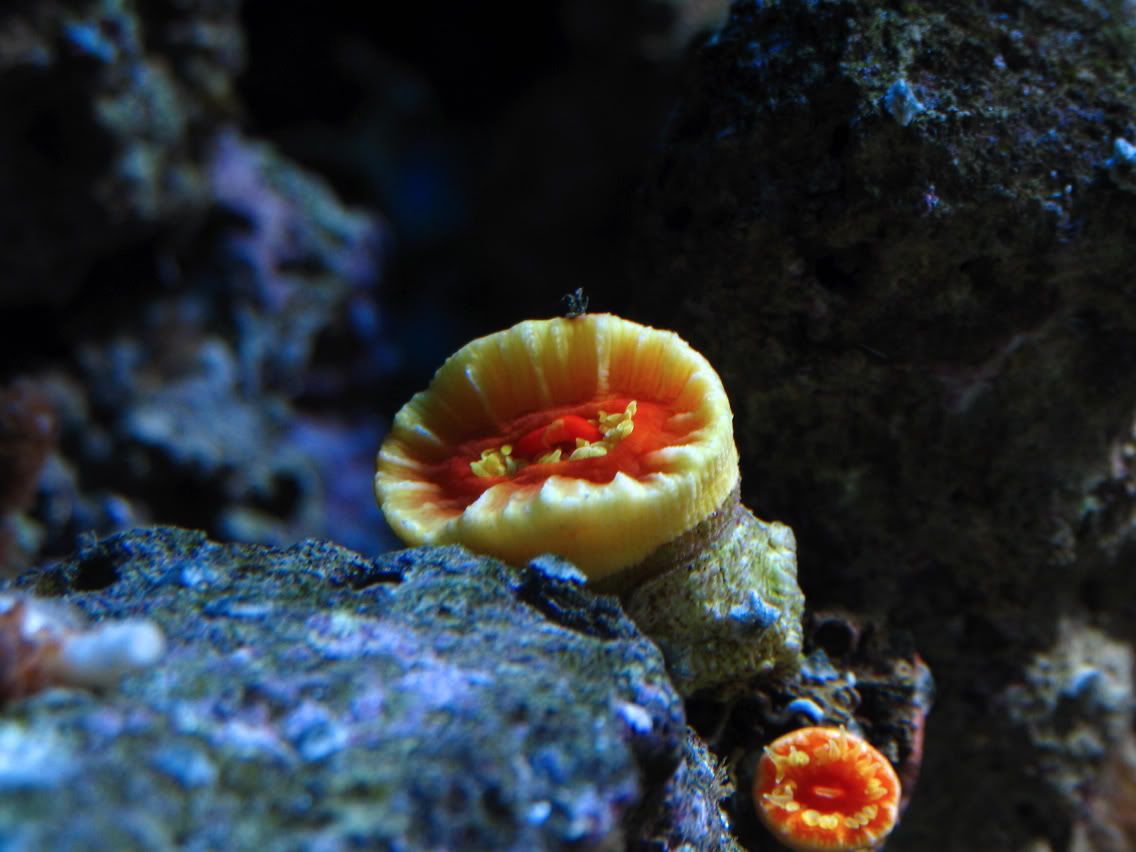
Aquadoc
-
Posts
73 -
Joined
-
Last visited
Content Type
Profiles
Forums
Store
Gallery
Events
Local Fish Stores
FAQ
Blogs
Downloads
Posts posted by Aquadoc
-
-
I use the Canon EF ƒ/3.5L 180mm Macro to get 1:1 pictures of objects that are in the back of the tank since the 180mm Macro lens has such a LARGE working distance @ 1:1. If the objects that you are trying to shoot @ 1:1 are close enough the I would use the Canon EF ƒ/2.8L IS MACRO. It all depends on the subject, distance, etc. I also like wide-angle macro pics as well (eg: Canon EF 35mm ƒ/1.4, with a 24mm extension tube.). They all give different results.
-
Call him Godzilla cause he is HUGE!!!!!!!!!!!!!!!!!!!!!!!!!!!!!
-
I freaking HATE spiders.
Nice to see you back Mike, your tank still doing well?
John
Still going good. Need to do some fragging.
-
-
-
My secret is "Patience". Rushing up on a insect isn't going to be promising. Take your time composing the shot and take several of the same shot, butt with suttle changes to the settings(Ex: changing aperature, shutter speed, using flash, not using flash, correcting the white balnce, etc.) till you find the picture that you are trying to achiveAlso a larger Depth of Field usualy helps while using a macro lens.Here are some more. Enjoy!MoreWhat's your secret?As Johnny5 says "need more input!" -
-
-
ORP
--------------------------------------------------------------------------------
Oxidation reduction potential, expressed in millivolts, is a measure of the oxidizing capacity present in water.
-
John wasn't sure if you got my last 2 private messages, butt did you get my paypal for the three tubes of Deltec putty?
Thanks and if so I will see you wens.
Again thanks for the order.
-
I sent money for three tubes, thanks again for the order John. icon_thumright.gif
I have been wanting to try this stuff for a while now.
When will this come in?
-
I thought a ph of 7 give or take was considered neutral. I have always drank my R.O water.
They had a thing on the news the other day about how bad it was about drinking faucet water. I forgot what chemical was too prevalent butt it was deffinately faucet water, and it was something to do with affecting teeth. I think the chemical was flouride.
Reverse Osmosis (R.O.) is one of the most convenient and economical methods of effectively reducing unwanted minerals in your drinking water. Drinking water treated by R.O. can be improved far beyond what filters alone are able to achieve.
Reverse Osmosis is the process by which water molecules are forced, by water pressure, through a semi permeable membrane. Most of the impurities and other unwanted minerals are carried to the drain while the refined water is routed to a special reservoir.
-
I also got mine about a year ago and the stuff that they remove compared to a normal toothbrush in awsome.
Not to mention that it feels like you just gave your whole mouth a message! blob7.gif
The first week or two it is wierd will the vibration and all butt you get used to it and then start to enjoy it.
I would go with one if you already haven't planned on getting one.
-
That is awsome Sundra!!!! So are the roses doing well for you? Have they found a spopt that they like? I am so glad to hear that the tank is doing well. How is that phosban reactor working for you? LMK!
-
I would use Salifert kh test kit. They seem fairly priced and are usually real accurate. Or you can use the Tetra kh testt kits.. Most LFS carry this and is relatively cheap say like 10$.
Hope this helps.
-
Me too.
-
Who are you subscribed to? Yahoo, Podnova,newsgator, or odeo.
Is it an actual feed to where you can hear them talking?
-
Anyone else keeping any Dendrophyllia?
Just curious. Just wanted to see what kind of success rate they have.
So far I have been feeding them everyday I come home from work.
If keeping any please post some pics if you can.
Thanks!
Here are a few of mine.

Just fed them:

GOING....

GONE!

-
BUy each one, then you know you will be happy...... LOL.... Just jokeing.
I would get one that is controlable for sure. That way you have more options than just plugging it in. Say the TUNZE 6200. Clint what stream do you have that is controlable?
-
Now that is a deal! ROFLMAO
-
I second the REGAL idea. They can precut things for you toom, if needed.
-
Usualy pumps add heat to the system and a close loop would add heat, just depends on the maker of the pump.. Cause all pumps have different heat signatures. If running a halide and some extra pumps for a close loop, maybe a small chiller would help the heat if it needed it. Also maybe bumping the ac in the house MIGHT help keep the tank cool, butt sometimes cannot be wallet friendly. Alot of factors to wage in.. I would set the tank up and have everything running, then find out what your tank temp is and adjust accordingly.
Hope this helps any.
-
I will take at least 2.
-
If I had a setup to accommadate them I would take it for sure. Seahorses are cool.










Lens Question
in Photography Discussion
Posted · Edited by Aquadoc